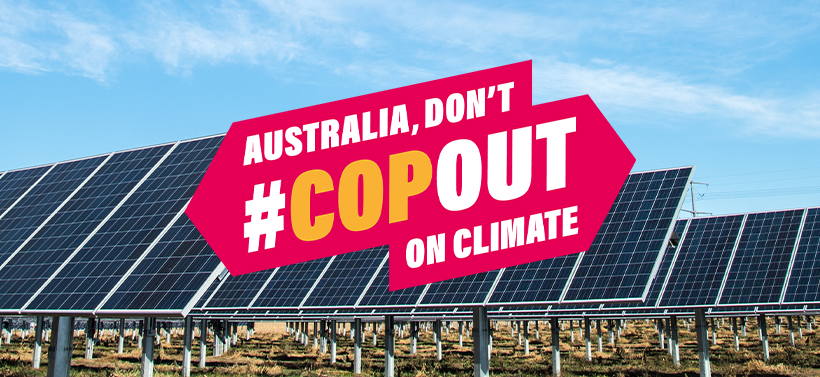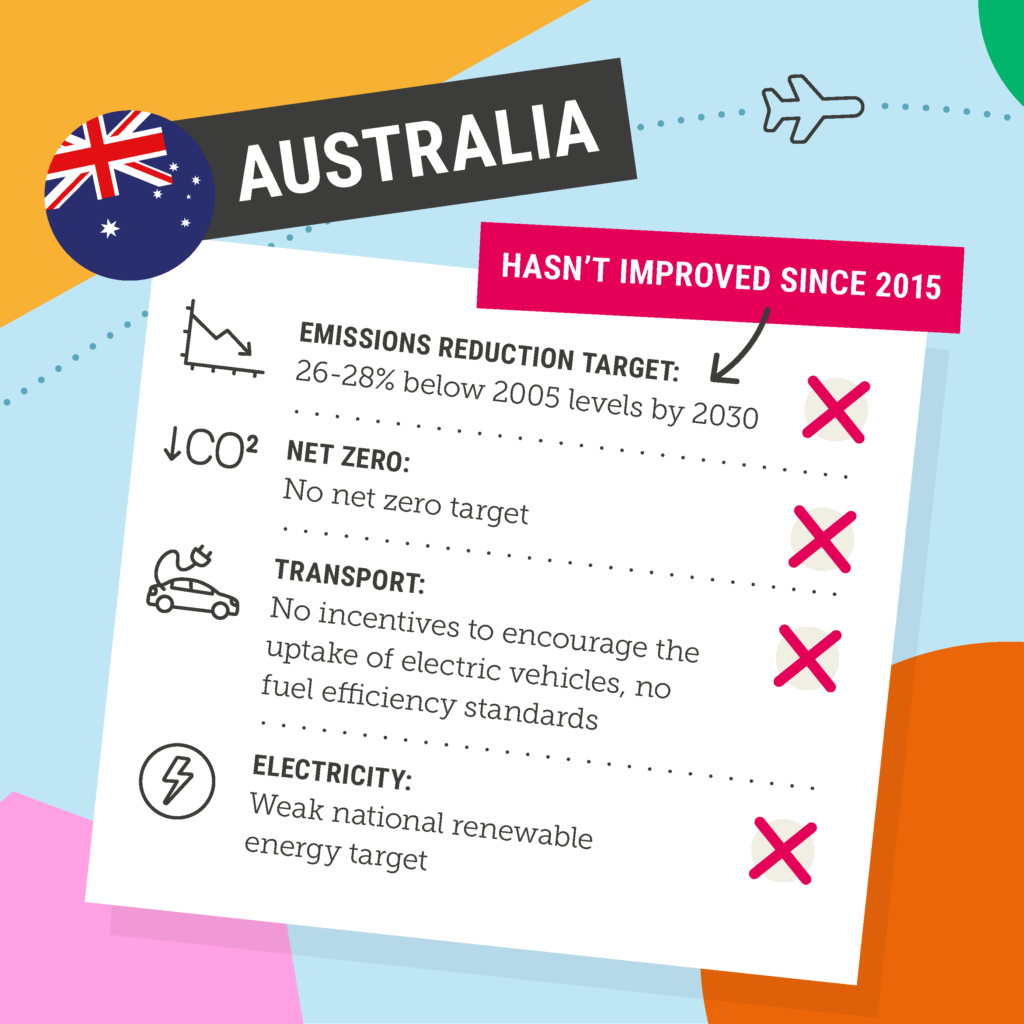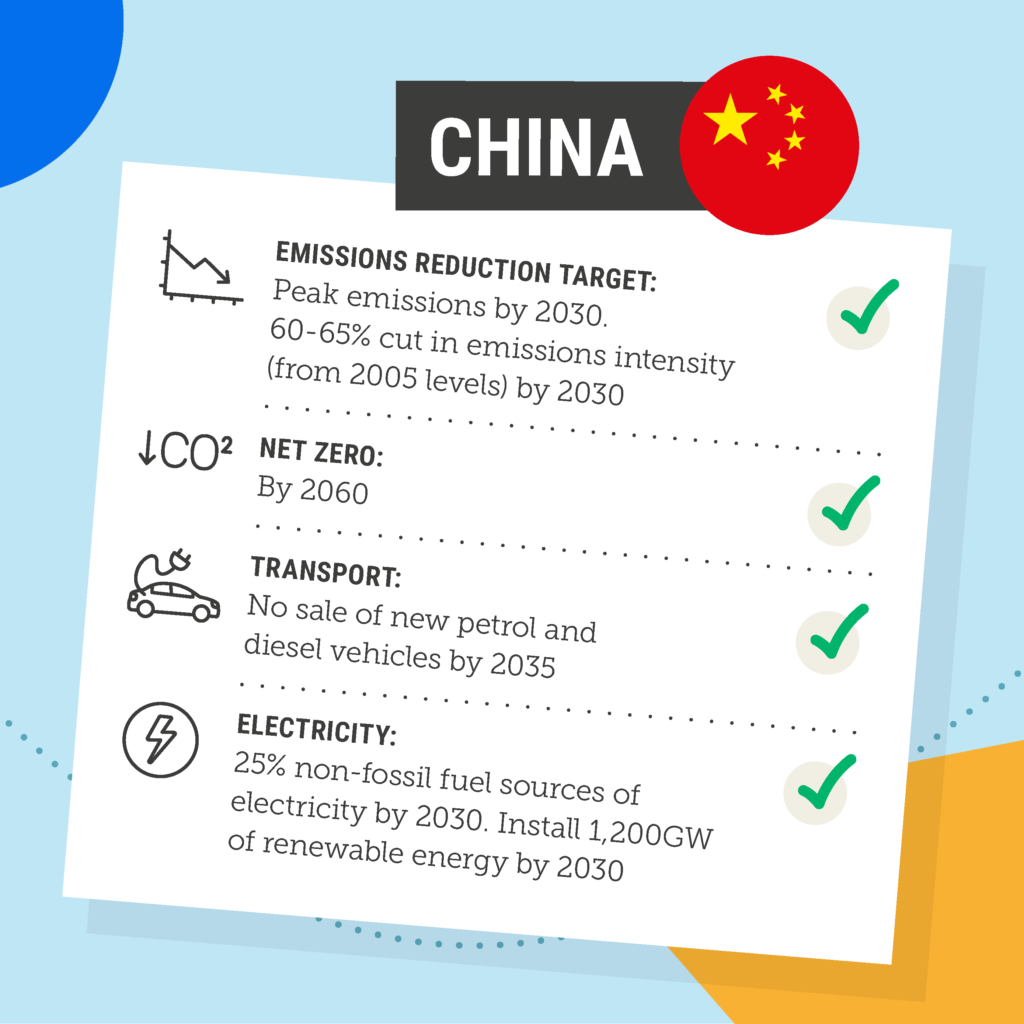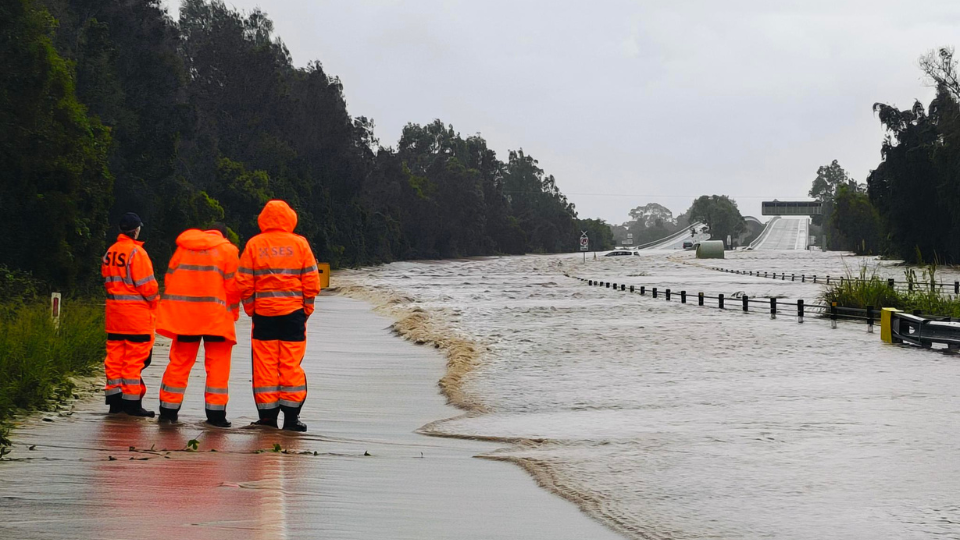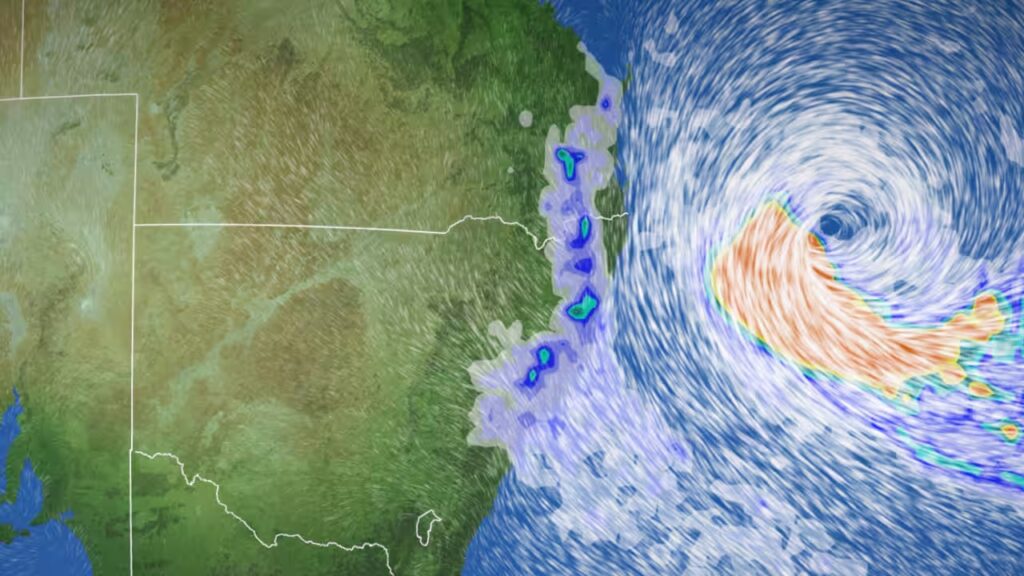As the 26th Conference of the Parties (COP26) approaches, there’s going to be a lot of chat about emissions, targets and what different countries are doing to combat climate change.
Currently, Australia is doing very little. Our emission reduction targets are woefully inadequate and while our allies and trading partners are embracing a renewable energy future, our Federal Government is clinging to a fossil fuel past.
Let’s get a few things straight first: climate change is accelerating, and we’re already experiencing the impacts. The science is clear, we need to focus on rapidly lowering emissions this decade. The Climate Council recommends that Australia cuts its emissions by 75% (below 2005 levels) by 2030 and reaches net zero by 2035. As a first step, Australia should at least match the commitments of comparable countries – to halve emissions this decade – ahead of Glasgow.
COP26 is an opportunity to focus on what’s required to keep us all safe from worsening climate impacts, and tell the Federal Government it’s time to step up and start leading on climate action.
We can’t let the Government use clever turns of phrase and obscure statistics to #COPOut of climate action. So we’ve made this cheat sheet to help you cut through the spin.
What about China?
China is the world’s largest emitter, but it is taking climate action. Renewables are growing at a faster rate than coal in China, and the coal pipeline in China has shrunk dramatically since the Paris Agreement.
Coal capacity increased in China in 2020, but at the Leaders Summit on Climate convened by US President Joe Biden in April 2021, Chinese President Xi announced that China will strictly control its coal growth until 2025 and then phase down coal consumption during the 15th five year plan. China also recently announced that it will stop financing and building coal-fired power stations overseas, following similar pledges from Japan and South Korea earlier this year. That almost completely ends international finance for coal.
China is already the world’s largest investor, producer and consumer of renewable energy. Its existing shift towards renewables has been a key factor behind the rapid decline in the cost of solar and wind technologies over the last decade.
China has also strengthened its Nationally Determined Contribution (NDC) to the Paris Agreement, including a commitment to peak its emissions before 2030. It has committed to achieving net zero emissions (before 2060).
This is a significantly stronger commitment than anything China has previously made and the latest commitments are also unconditional, which is a big deal for a developing country that is home to more than 1.4 billion people.
China, like almost all countries, is going to need to do much more over the coming years. But the best way for Australia to encourage greater global action is to get our own house in order, start driving down our own emissions, and start unlocking our potential as a major exporter of clean energy. And right now we’re doing exactly the opposite; in fact, when you divvy up China’s emissions per person it is less than half of Australia’s.
Australia is kind of a big deal
Australia is the biggest emitter per capita of any large country in the world. By greenhouse gas emissions, Australia is the third largest exporter of fossil fuels. Despite being blessed with options to reduce emissions, Australia also has one of the weakest targets in the world. We are routinely rated last, or near to last, in assessments that rank countries on their climate performance. What we do matters, and at the moment we have so much catching up to do.
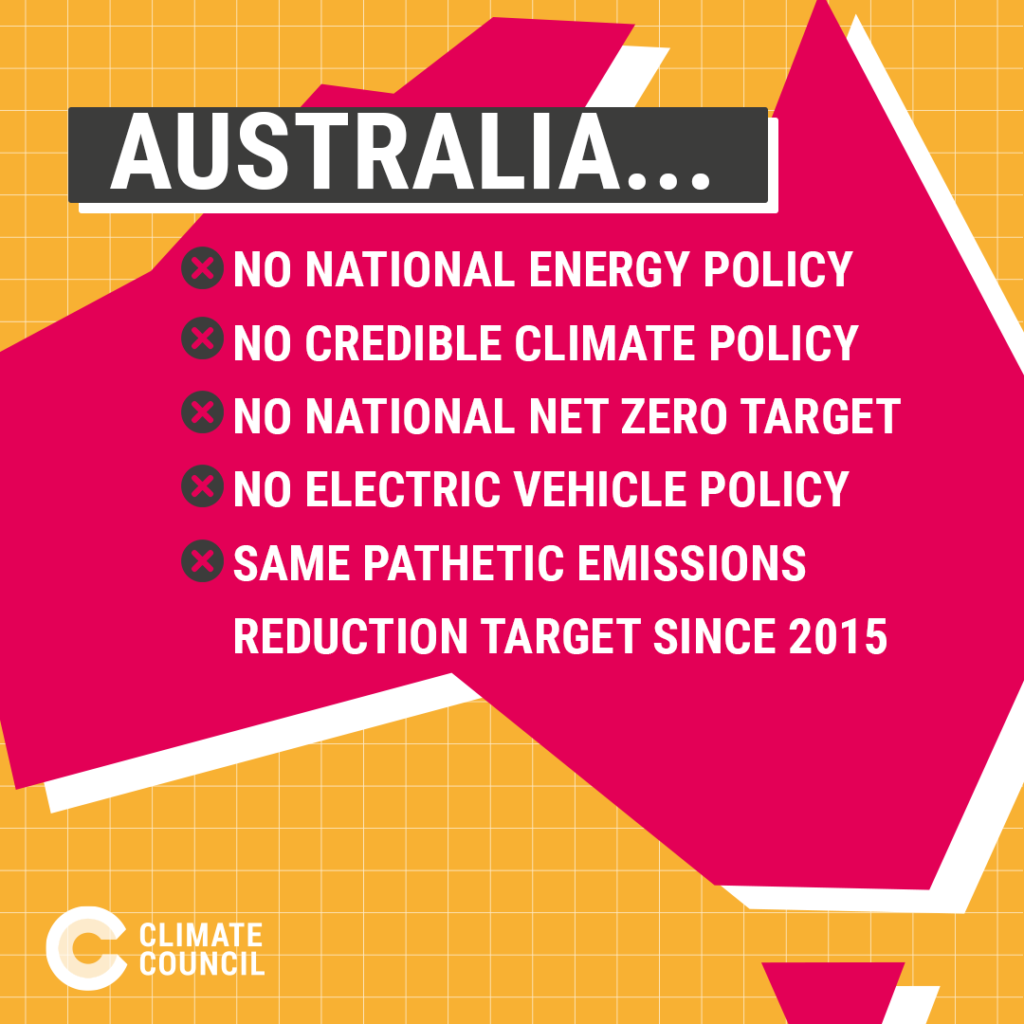
Net zero vs cuts this decade
The climate crisis is accelerating, and what we do over the next decade will determine how much worse the impacts become. Just as every cigarette does you damage, every tonne of emissions is causing us harm. That also means that every tonne of emissions we can avoid and every degree of global warming that we can prevent makes a tangible difference.
The science is clear: Australia should aim to reduce emissions by 75% (below 2005 levels) by 2030 and reach net zero emissions by 2035. As a first step, Australia should at least raise our targets to be in line with our peers.
The important thing to remember is that net zero targets mean little without a concrete plan to cut emissions this decade. The lion’s share of emissions cuts need to occur this decade if we are to avoid catastrophic climate change.
Learn more about what a good net zero emissions target looks like and how we can achieve it here.
If you really care, then why do you fly/drive/eat meat?
Did you know that just 100 companies are responsible for 71% of global emissions? And that only 20 fossil fuel companies have been responsible for more than a third of all greenhouse gas emissions since 1965? Or, that if you include our exported fossil fuels Australia is the third biggest emitter in the world?
Climate change is a big, global problem and it has big, global solutions. While personal action makes a difference – in fact, here’s a list of things you can do – we as individuals don’t have the power to make wholesale structural changes that would alter how our societies are powered, moved around and fed. That power sits with world leaders and CEOs of major corporations.

